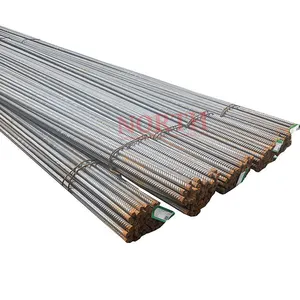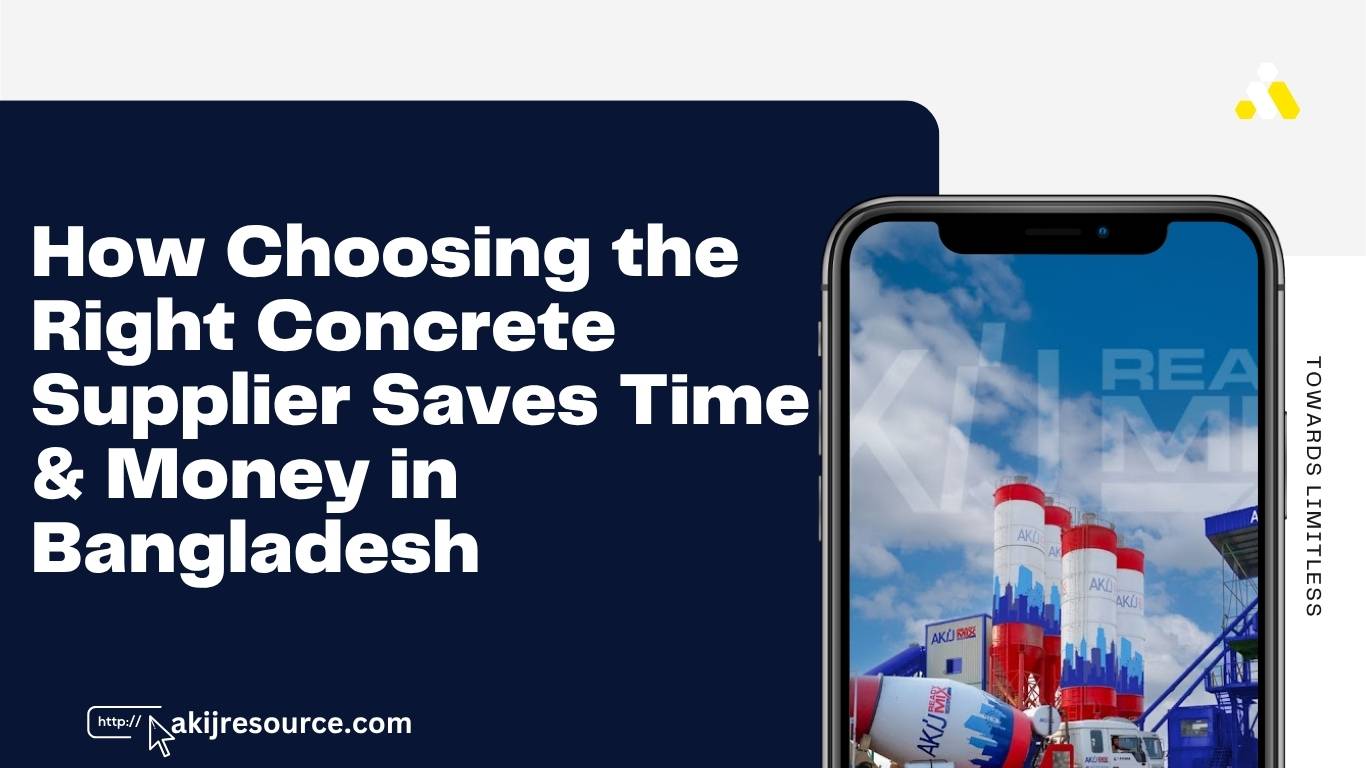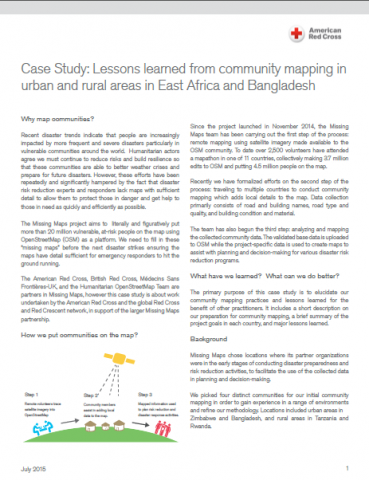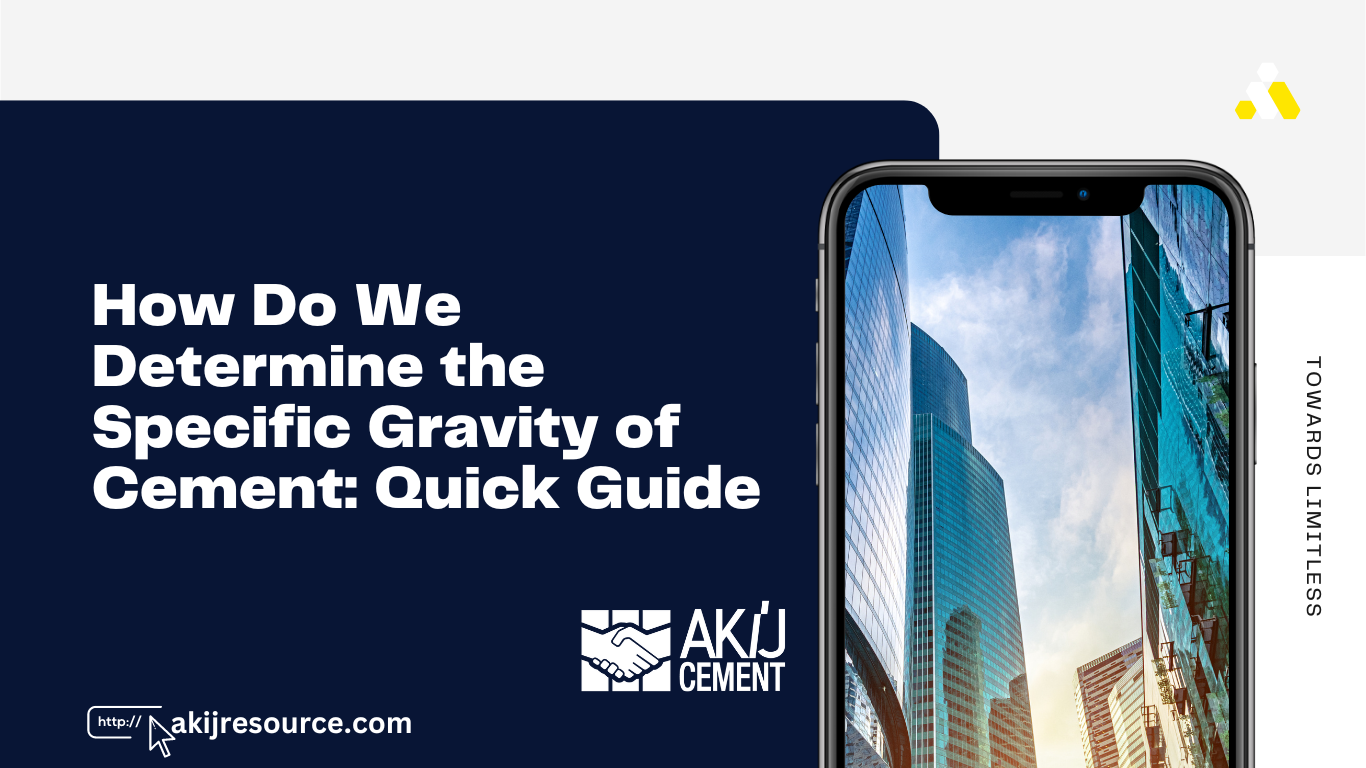TMT rebar prices per ton vary based on market conditions and quality. As of my knowledge cutoff in early 2023, prices range from $500 to $800 for standard grades.
TMT rebars, or Thermo-Mechanically Treated rebars, are a critical component in modern construction, reinforcing concrete structures worldwide. Their price per ton is a vital factor for contractors and builders as it significantly impacts project budgets. The cost fluctuates due to several factors including raw material prices, demand and supply dynamics, and geographical location.
Builders and investors keep a keen eye on these prices to manage their expenses and ensure the financial viability of their projects. Knowing the current market rate helps in negotiating with suppliers and planning for construction phases. For accurate, up-to-date pricing, it’s advisable to contact local suppliers or check the latest market reports.
Introduction To TMT Rebar Pricing
Introduction to TMT Rebar Pricing dives into the world of construction. It sheds light on the costs of Thermomechanically Treated (TMT) Rebars. These rebars strengthen buildings and bridges. Understanding their pricing is crucial for budgeting in construction projects.
Factors Influencing TMT Rebar Costs
The price of TMT Rebar per ton varies. Several factors play a role. We list the key ones:
- Raw Material Costs: The price of steel and scrap metal impacts TMT Rebar costs.
- Manufacturing Process: Advanced technologies in making TMT Rebars can affect prices.
- Market Demand: High demand leads to higher prices.
- Transportation: Costs to move TMT Rebars to sites influence their final price.
The Role Of TMT Rebar In Construction
TMT Rebars are essential in modern construction. They provide the strength needed for buildings to last. Let’s explore their roles:
- Support Structures: TMT Rebars give concrete the ability to withstand tension.
- Enhance Durability: They prevent cracks in concrete, making structures last longer.
- Flexibility in Design: Architects can design complex structures thanks to TMT Rebars.

Credit: www.alibaba.com
Historical Price Trends of TMT Rebar
Understanding the historical price trends of TMT rebar is essential. It helps predict future market dynamics. Steel is a key construction material. Its prices affect the entire building industry. TMT rebar has seen various changes in cost over the years.
Decade-long Price Fluctuations
The journey of TMT rebar prices over the last decade is intriguing. Prices have moved due to multiple factors. These include raw material cost, demand cycles, and economic policies. Here is a brief overview: One of the major reasons for the fluctuation in TMT rebar prices is the cost of raw materials such as iron ore and scrap metal. When these costs rise, it puts pressure on the prices of TMT rebar. Additionally, demand cycles, particularly in the construction industry, play a significant role in driving prices up or down. Economic policies, such as tariffs and trade agreements, also impact the cost of TMT rebar. It is important for construction companies to closely monitor these factors and work with top TMT rebar suppliers to ensure they are getting the best prices and quality for their projects.
- Early 2010s: Prices were relatively stable.
- Mid-2010s: A surge due to construction booms.
- Late 2010s: Fluctuations emerged from trade tensions.
Recent Market Shifts
Recent trends show more volatility. Global events have had an impact. These include pandemics and geopolitical conflicts. The following points highlight recent shifts:
- 2020: A sharp dip from the pandemic’s onset.
- 2021: Recovery started as projects resumed.
- 2022: Prices climbed due to increased demand.
Price per ton is a critical metric. Builders and contractors watch it closely. It informs budgeting and project costs. The construction sector relies on these insights for planning.
Global Vs. Local Market Dynamics
The steel industry feels the pulse of global economies. TMT rebar prices are no exception. They shift with market dynamics. Let’s explore how global and local factors shape TMT rebar pricing.
Impact Of Import And Export
Trade policies influence TMT rebar costs. Nations with abundant iron may export more. This can lower prices globally. Conversely, countries with limited production may import more. This can raise local prices. Let’s not forget tariffs. They can make imported rebars more expensive.
Regional Price Variations
Prices vary from region to region. Factors include:
- Resource availability: Regions rich in iron ore often have lower prices.
- Manufacturing costs: High labor and energy costs can push prices up.
- Demand and supply: More construction means more demand for rebars.
Local market competition also affects prices. More producers can lead to competitive pricing.
Each region has its story. Let’s look at some examples:
| Region | Price per Ton |
|---|---|
| Asia | $650 |
| Europe | $700 |
| Americas | $680 |
These figures show how location impacts TMT rebar pricing. They are not constant and change over time.

Credit: www.alibaba.com
Material And Production Costs
Understanding TMT rebar price per ton is key. Material and production costs play a big role. Let’s dive into the details.
Raw Material Pricing
The cost of TMT rebars depends on raw materials. These include iron ore, coal, and scrap metal. Prices change with market demand. This affects the final rebar price.
- Iron ore: A main ingredient.
- Coal: Needed for energy in production.
- Scrap metal: Recycled into new rebars.
Manufacturing And Labor Expenses
Production costs add up too. Factories use advanced tech to make rebars. Skilled workers are needed. They ensure quality and safety.
| Item | Expense |
|---|---|
| Equipment | High-tech machines cost more. |
| Labor | Skilled workers earn higher wages. |
| Energy | Electricity and fuel are costly. |
These factors influence the price of TMT rebars. Buyers must consider them. They impact the budget.
Transportation And Logistics
Understanding Transportation and Logistics is key in the steel industry. These factors greatly affect the cost of TMT rebar. Let’s dive into the details of shipping and logistics costs.
Shipping And Handling Fees
Shipping fees can vary widely. They depend on distance, weight, and transportation mode. The price per ton for TMT rebar often includes these costs. Clients should know them to budget properly.
- Distance: Longer routes mean higher costs.
- Weight: More tons, more money.
- Mode: Trucks, ships, and trains have different prices.
Companies may offer different shipping options. These can affect delivery speed and safety. It’s important to choose the right one for your needs.
Logistics’ Impact On Final Cost
Logistics play a big part in the final price. Efficient logistics can lower costs. Poor planning can drive them up.
| Logistics Factor | Impact |
|---|---|
| Warehouse Storage | Added costs if needed |
| Inventory Management | Can save money |
| Route Planning | Cuts fuel and time costs |
Smart logistics reduce the final bill. They ensure timely and cost-effective delivery. This keeps the TMT rebar price per ton in check.
Government Policies and Taxes
Understanding Government Policies and Taxes is key to knowing TMT Rebar prices. These factors can change costs a lot. Let’s dive into how.
Taxation Structures
Taxes play a big part in the final price of TMT Rebar. Different countries have different tax rates. This affects how much you pay.
- GST or VAT: Most countries add a Goods and Services Tax (GST) or Value Added Tax (VAT) on steel products. This can vary.
- Import duties: If TMT Rebar comes from another country, import taxes may apply. These taxes protect local manufacturers.
- Excise duty: Some governments charge an extra tax on the manufacturing of goods. This includes TMT Rebar.
Subsidies And Trade Agreements
Some governments help lower TMT Rebar prices. They do this through subsidies and trade agreements.
Subsidies are funds given by the government to support local manufacturers. This can make TMT Rebar cheaper for you.
Trade agreements between countries can also affect prices. These agreements can lower taxes on imported TMT Rebar.
- Free trade agreements allow for cheaper imports and exports.
- Regional trade agreements can affect prices in specific areas.
Demand And Supply Analysis
The Demand and Supply Analysis of TMT rebar price per ton offers insights. It reflects market trends and economic factors. Let’s delve into the dynamics influencing costs in the construction sector.
Construction Industry Demand
The construction industry directly impacts TMT rebar demand. Urbanization and infrastructure projects fuel this need. Strong demand often results in higher prices.
- New buildings require tons of TMT rebar.
- Public infrastructure projects boost rebar usage.
- Urban growth increases construction activities.
Global economic growth plays a role too. When economies expand, construction projects rise. This pushes TMT rebar prices up.
Supply Chain Constraints
Supply chain issues can limit TMT rebar availability. This affects price per ton. Factors include raw material shortages and logistical delays.
| Factor | Impact on Supply |
|---|---|
| Raw material scarcity | Decreases rebar production |
| Transportation delays | Slows down rebar distribution |
| Trade policies | May restrict rebar supply |
Manufacturers facing such constraints may increase prices. This compensates for the higher production costs.
Future Projections And Investment Tips
Investing in TMT rebar involves understanding future market trends. Prices of TMT rebar per ton can shift due to factors like raw material costs, demand, and industry changes. Smart investment requires a mix of accurate predictions and strategic buying.
Predicting Price Trends
Global economic indicators influence TMT rebar prices. Analysts review these to make projections. Prices may rise with increased construction activity. Conversely, downturns in building sectors can lead to price drops.
Recent data suggests steady growth in rebar demand. This could mean higher prices ahead. Investors should track reports on construction and infrastructure for clues.
Strategies For Buyers
Buyers need strategies to secure the best prices. Bulk purchases often come at reduced rates. Consider locking in prices with contracts when rates are low.
Monitoring market trends is key. Use forecasts to time your purchases. Building a network of suppliers can also lead to better deals.
Invest in quality TMT rebar for long-term savings. Higher grade rebar can withstand more, reducing future costs.

Credit: keweimetal.en.made-in-china.com
Frequently Asked Questions
How Much Does 1 Ton Of Rebar Cost?
The cost of 1 ton of rebar typically ranges from $600 to $1,200, depending on market conditions and rebar grade.
How Much Does Rebar Cost Per Tonne?
Rebar cost per tonne varies, typically ranging between $650 to $900. Prices depend on market fluctuations and material grade. Always check current rates for accurate budgeting.
How Much Does #4 Rebar Cost?
The cost of #4 rebar typically ranges from $0. 75 to $1. 10 per linear foot, but prices can vary based on market conditions and quantity purchased.
Why Is Rebar So Expensive?
Rebar prices are high due to raw material costs, manufacturing processes, and global demand. Supply chain disruptions and inflation also contribute to the expense.
Conclusion
Navigating the market for TMT rebar doesn’t have to be daunting. By staying informed on current prices per ton, you’re better equipped to make cost-effective decisions. Remember, quality and price go hand in hand. As you plan your next construction project, keeping an eye on these trends ensures you get the best value for your investment.
Stay updated, stay ahead.






















